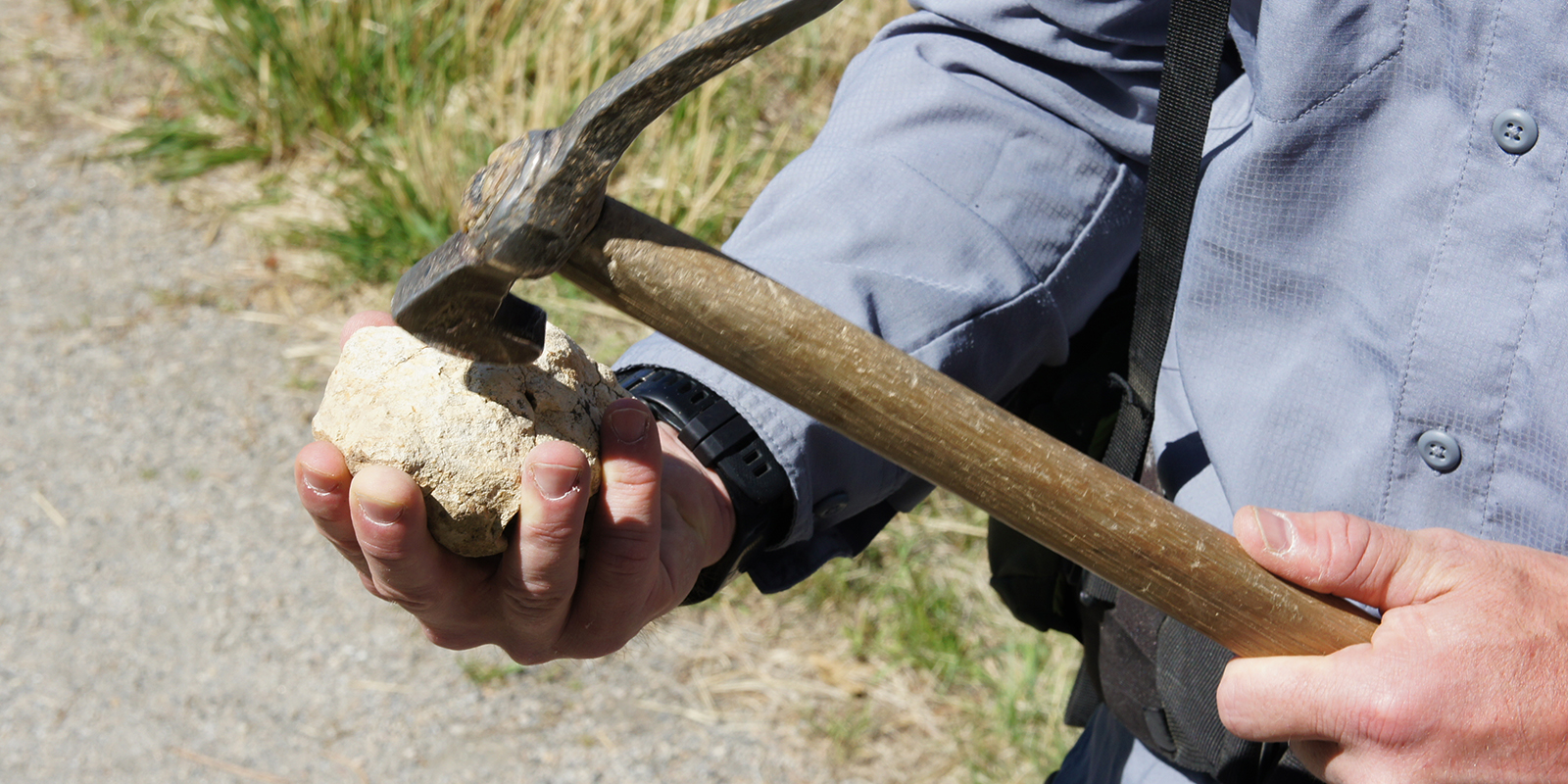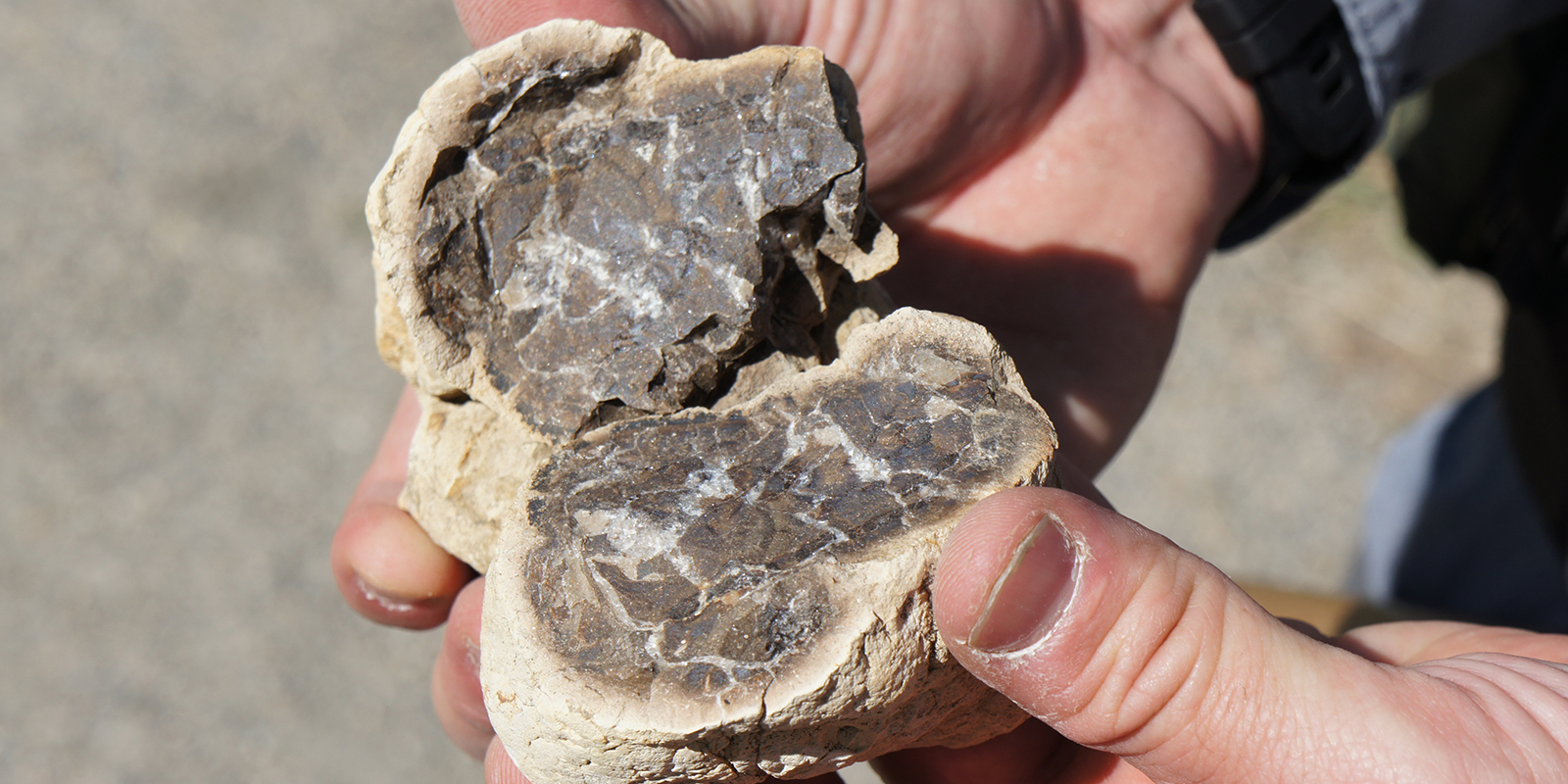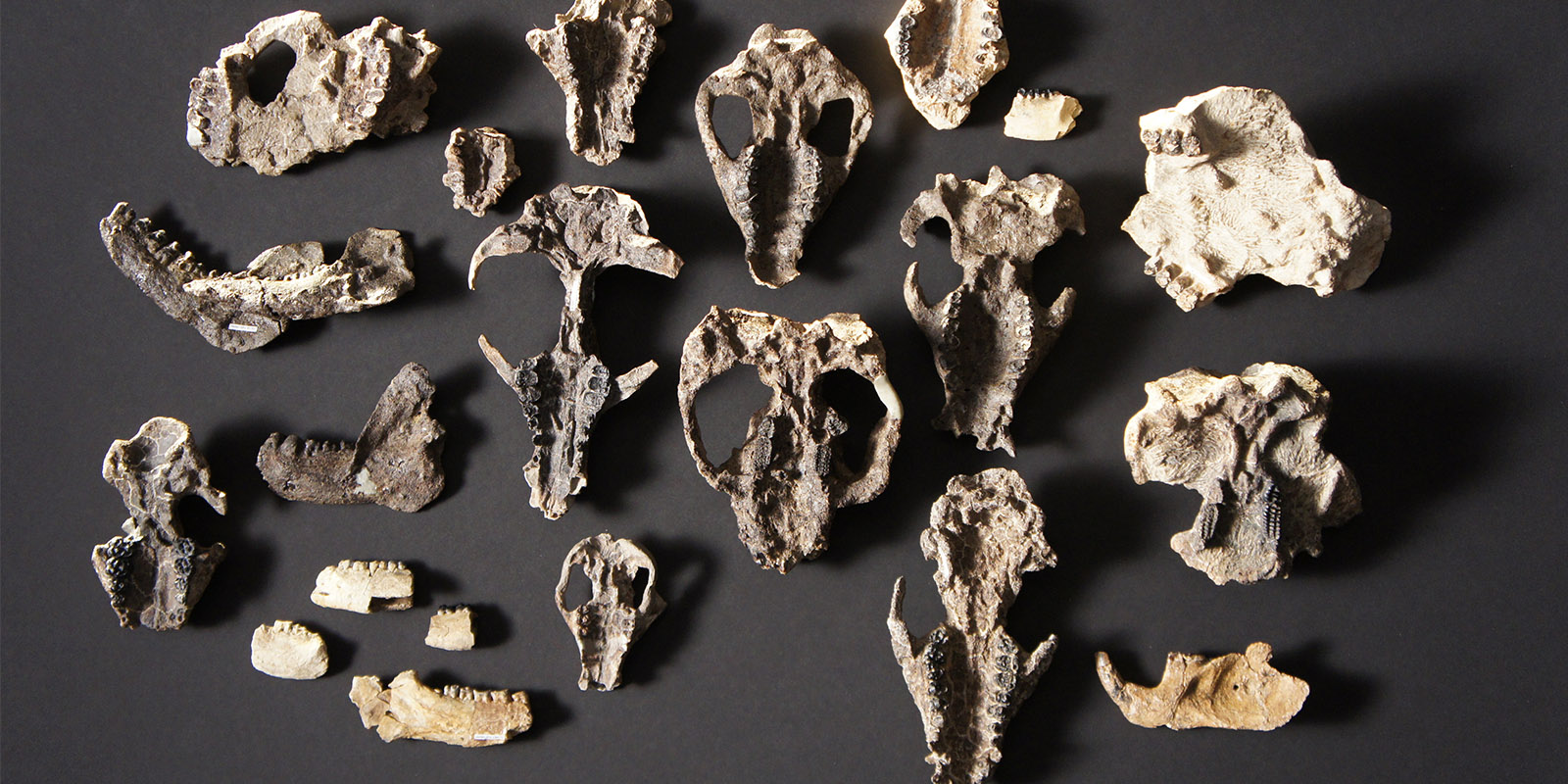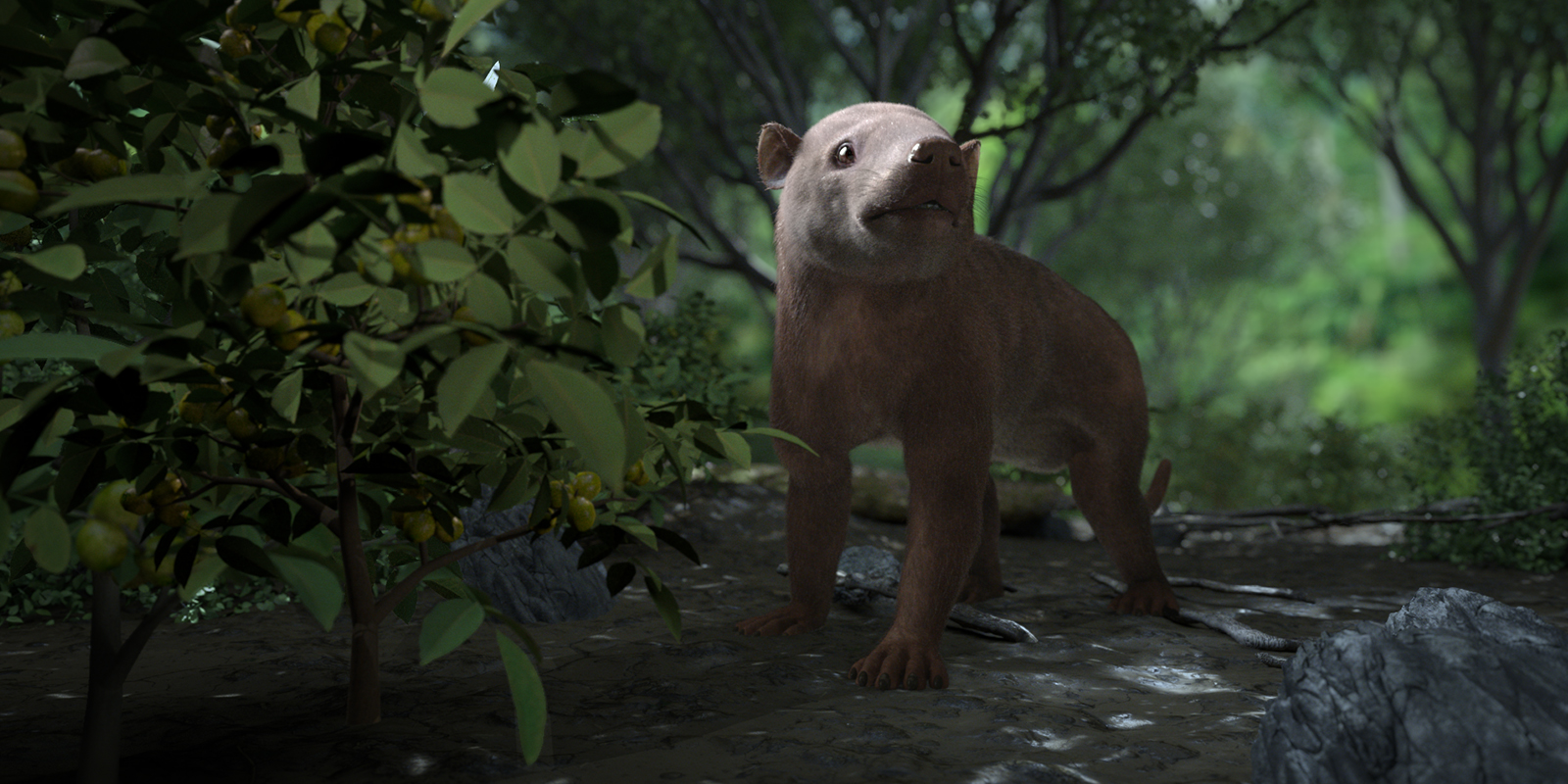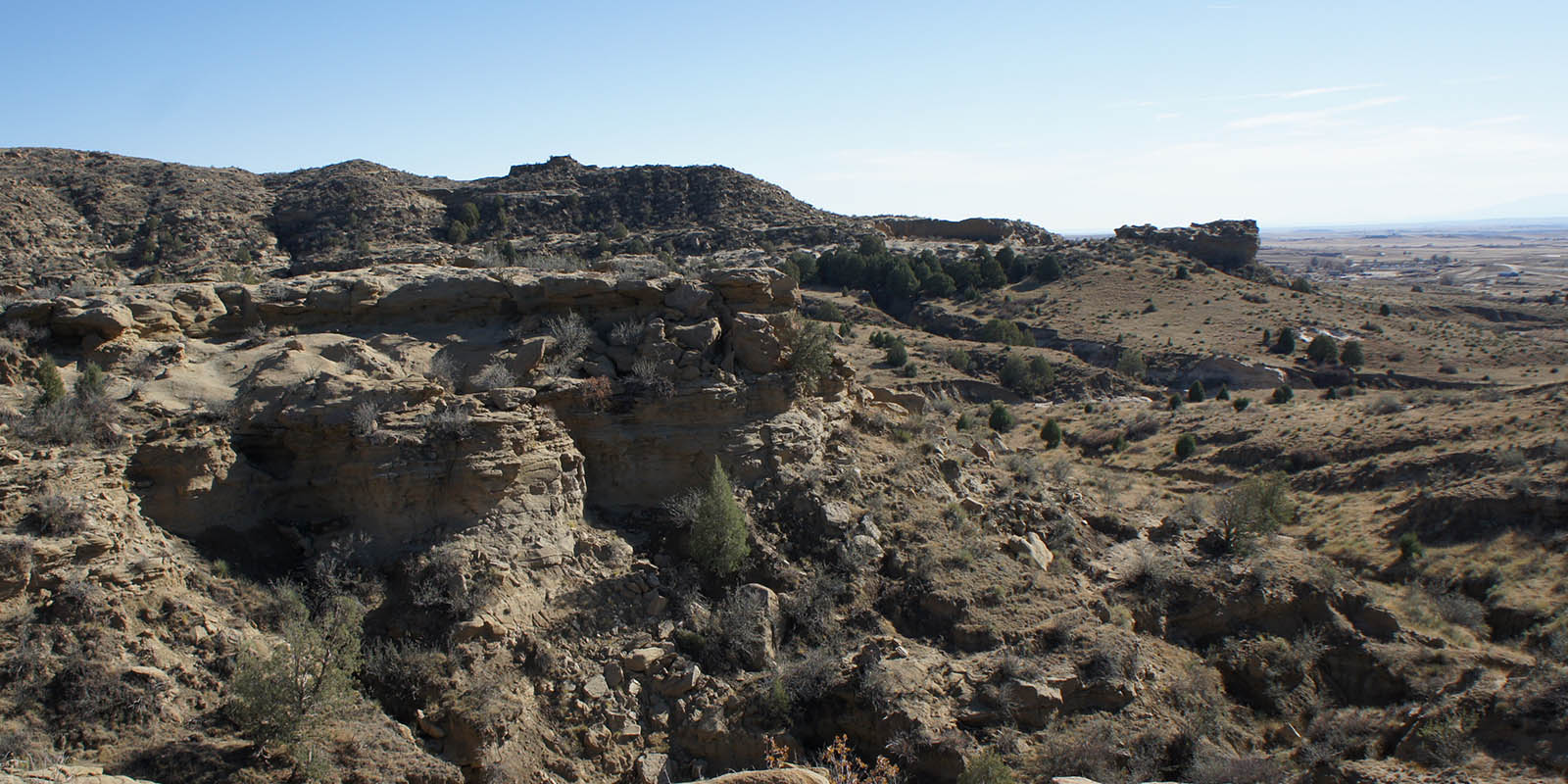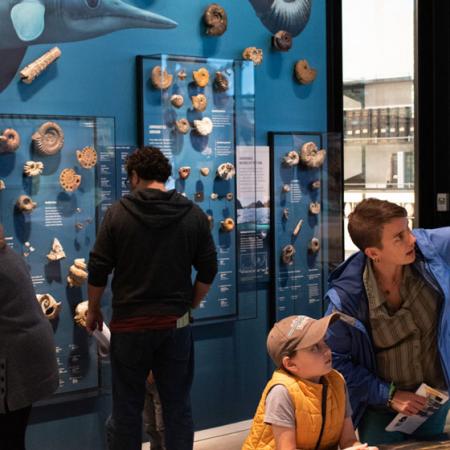Scientists unearthed this new record from the first million years after the asteroid impact in the region around Colorado Springs, Colorado, which forms part of a larger geological province known as the Denver Basin. The find includes both plants and animals, painting a portrait of the emergence of the post-dinosaur world.
The team behind this discovery was led by two scientists at the Denver Museum of Nature & Science, lead author Tyler Lyson, the curator of vertebrate paleontology, and co-author Ian Miller, curator of paleobotany and director of Earth and space sciences. Among the co-authors is Greg Wilson, a professor of biology at the University of Washington and curator of vertebrate paleontology at the Burke Museum of Natural History & Culture, who joined the team as an expert on the end-Cretaceous mass extinction and the evolution of mammals in its aftermath.
“I’ve been working on this time period and on these mammals for 21 years, and this is truly an exceptional window into this pivotal event in life history,” said Wilson, who was a curator at the Denver Museum of Nature & Science before joining the UW faculty in 2007. “We change over from terrestrial ecosystems dominated by dinosaurs to those that become dominated by mammals in a geological blink of an eye.”
“The course of life on Earth changed radically on a single day 66 million years ago,” said Lyson. “Blasting our planet, an asteroid triggered the extinction of three of every four kinds of living organisms. While it was a really bad time for life on Earth, some things survived, including some of our earliest, earliest ancestors.”
A moment of serendipity pointed the way to these rare fossil finds. Lyson, who had been looking for post-impact vertebrate fossils without success, took inspiration from a fossil that had been sitting in a museum drawer and fossil-hunting techniques used by colleagues in South Africa. In the summer of 2016, he stopped looking for glinting bits of bone in the Denver Basin and instead zeroed in on egg-shaped rocks called concretions.
Cracking open the concretions, Lyson and Miller found fossils such as the skulls of mammals from the early generations of survivors of the mass extinction. Since most of what is understood from this era is based on tiny fragments of fossils, such as pieces of mammal teeth, finding a single skull would be exceptional. Lyson and Miller found four in a single day and more than a dozen in a week. So far, they’ve found fossils from at least 16 different mammalian species.
Wilson participated in excavations at Corral Bluffs, a site just east of Colorado Springs. He and co-author Stephen Chester, an assistant professor at the City University of New York’s Brooklyn College, worked to identify the mammal fossil that the team found, calculate changes in body size over time and analyze the diversity of species after the asteroid impact. The researchers determined that just 100,000 years after the cataclysm, mammalian diversity had approximately doubled. At 300,000 years after the impact, the maximum body mass of mammals had increased threefold, and mammals were evolving specialized diets, possibly in response to changes in plant diversity.
These findings illustrate how the Denver Basin site also is adding evidence to the idea that the recovery and evolution of plants and animals were intricately linked after the asteroid impact. More than 6,000 leaf fossils were collected as part of the study to help determine how and when Earth’s forest rebounded after the mass extinction event. Combining a remarkable fossil plant record with the discovery of the fossil mammals allowed the team to link millennia-long warming spells to specific global events, including massive amounts of volcanism on the Indian subcontinent.
These events may have shaped the ecosystems half a world away. For example, the research team saw another increase in body size among mammals at about 700,000 years post-impact, which coincided with the evolution of legumes, then a new type of plant. Additional analyses of these fossils, as well as the unearthing of new specimens, will only deepen scientists’ understanding of this critical period in Earth’s history and the evolution of mammals that came before humans.
“Our understanding of the asteroid’s aftermath has been spotty,” Lyson explained. “These fossils tell us for the first time how exactly our planet recovered from this global cataclysm.”
Additional co-authors include David Krause, James Hagadorn, Antoine Bercovici, Farley Fleming, Ken Weissenburger with the Denver Museum of Nature & Science; William Clyde and Anthony Fuentes with the University of New Hampshire; Kirk Johnson and Rich Barclay with the Smithsonian Institution’s National Museum of Natural History; Matthew Butrim at Wesleyan University; Gussie Maccracken at the University of Maryland; and Ben Lloyd of Colorado College. The research was funded by the Lisa Levin Appel Family Foundation, M. Cleworth, Lyda Hill Philanthropies, David B. Jones Foundation, M.L. and S.R. Kneller, T. and K. Ryan, and J.R. Tucker as part of the Denver Museum of Nature & Science No Walls: Schools initiative.
For more information, contact Wilson at gpwilson@uw.edu.
Adapted from a release by the Denver Museum of Nature & Science.
